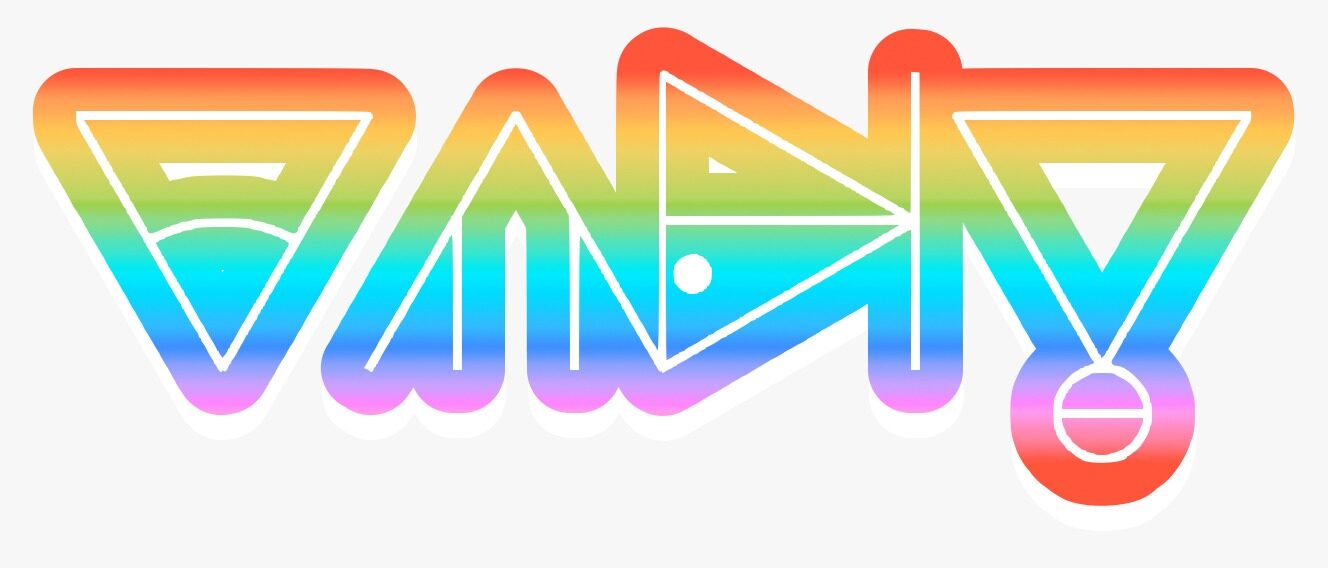Articulatory mode
There are three graphemic markers of articulatory mode:
- Uphimbo, the voicing line, is a vertical line that runs from the apex of the triangle to the base (or inline with the ends of the chevron). This symbol modifies the phonation of the consonant.
- Lerothodi, the glottal action dot, is a dot that floats just above the base of the triangle, inside it. When an uphimbo is present, the dot can be moved slightly to a side, and if a consonant shape is in the way, even further, for visibility. This symbol modifies the airstream mechanism of the consonant.
- Ingungwana, the nasalization marker, is a circle that sits at the top of the triangle, touching its apex. This is distinct from the bilabial nasal /m/ (ingungu) that appears on its own, as this one occurs with other consonant graphemes. In this case, no additional lines need to be added to the ingungwana, as the place of articulation is given by them instead.
| Articulation Modifier | Without graphemic marker | With graphemic marker | Rule |
|---|---|---|---|
 Uphimbo |
/∅V/ | /ɦV/ |
|
| /N/, /R/ | /N̤/, /R̤/ | ||
| /p/, /t/, /k/ | /b/, /d/, /g/ | ||
 Lerothodi. In grey, alternative placements to avoid consonants. |
/∅V/ | /ʔV/ |
|
| /pʰ/, /tʰ/, /ᵏǃʰ/ | /pʼ/, /tʼ/, /ᵏǃʼ/ | ||
| /p/, /t/, /ᵏǃ/ | |||
| /b̤/, /d̤ /, /g̤/ | /ɓ/, /ɗ /, /ɠ/ | ||
| /b/, /d/, /g/ | |||
 Ingungwana |
/b/, /k/ | /mb/, /ŋk/ |
|
| /ᵏǃʼ/, /ᵏǁʼ/ | /ŋᵏǃʼ/, /ŋᵏǁʼ/ | ||
| /ᵏǃʰ/, /ᶢǀʰ/ | /ᵑǃ/, /ᵑǀʱ/ |
